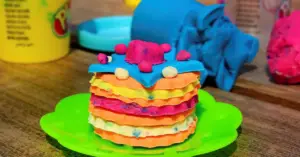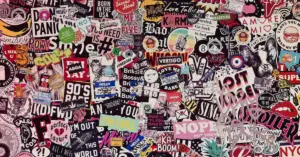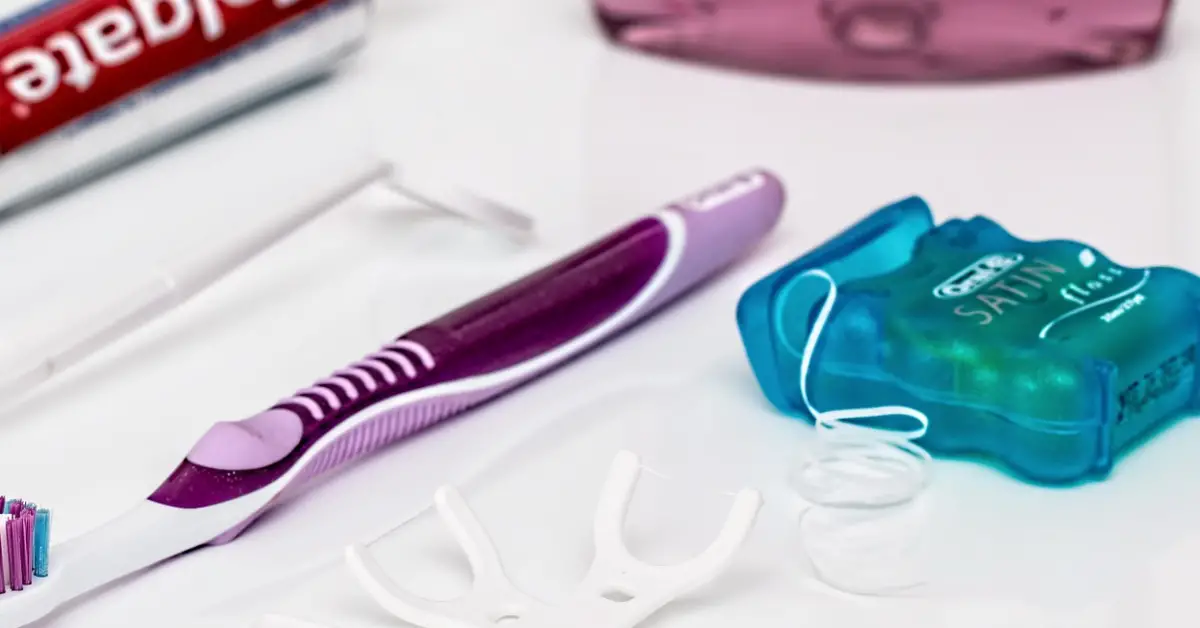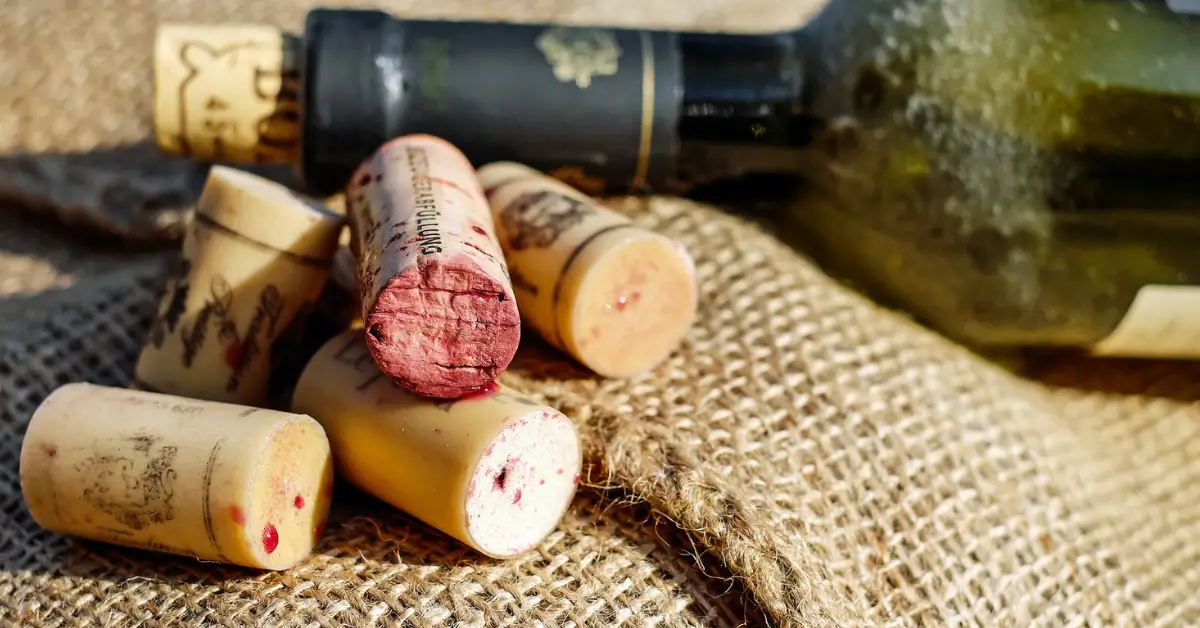Cereal is my go-to breakfast during the week – quick, easy and never boring due to the endless varieties available. Cereal boxes can generally be recycled in standard curbside pickups (check if this is ok in your area, of course). Recycling should be avoided if the box is soiled or dirty – it really needs to be clean and dry otherwise it can cause problems at the recycling center. What is the alternative if they can’t be recycled?
(If you are a composting novice, have a quick look at some of our start-up composting questions answered here! If not, read on…)
Can cereal boxes be composted?

If you are green-fingered, composting is a great alternative for cereal boxes (just the boxes, I’m perhaps stating the obvious, but the plastic inner bag cannot be added to the compost heap…), producing a nutrient-rich compost to use in your garden in the process.
Cereal boxes are categorized a flat cardboard – thicker than paper, but much thinner than the corrugated cardboard used for packaging and suchlike. Although it would still compost if you stuck the whole box in, it is a lot quicker if you give it a jumpstart by breaking it down into smaller pieces first. You can shred it or, if you don’t have access to a shredder, simply rip/cut it up. People also recommend soaking it in soapy water to help it on its way – we are yet to try this method.
If you are new to composting, it isn’t about chucking stuff in the pile and hoping for the best. To work optimally you need to create a mixture with the correct ratio of ‘green’ and ‘brown’ components. Green components are nitrogen-rich and include items such as food leftovers and coffee grounds. Brown components, on the other hand, are carbon rich. These include items such as sawdust and ashes.
Cereal boxes, and cardboard in general, is very rich in carbon and, therefore, forms a brown component of the compost pile. To produce the best result, it is recommended to layer the compost materials – a bit like a big compost lasagna. Start off with a 2–4-inch layer of your shredded/cut up cardboard then add 1 or 2 inches of green materials. Top this off with a thin layer of soil. This should then be turned with a shovel, or other gardening tool, every 3 or 4 days – this helps to create spaces in the mixture and stops it compressing, in turn, helping speed up the breakdown process.
Keeping the material moist is vital here. Depending on the climate of where you live, you might need to water it more or a little less. Dry compost can lead to increased time needed to break down materials, as well as being overrun by ants. This is much easier to remedy than compost that has too much moisture; simply, add more water.
Like all composting, this is a trial-and-error process. Experimenting and troubleshooting are par for the course. But hopefully you will pick up little tips and tricks along the way that will make future compost endeavors even more successful. There are some great gardening forums out there, don’t be shy – ask questions of the more experienced compost producers on there!
Can you compost cereal?
Unused cereal can be used in the compost pile. If it is stale, or you just don’t like it and don’t want to eat it, you can chuck it in there. The type of cereal will determine how much enhanced quality it will bring to the compost, some bring a better level of nitrogen than others to the party.
Since dairy products are not recommended for a compost pile you should not scrape your leftover cereal from your plate into the compost bin. Like other animal products, the milk will degrade easily but will also be a magnet for a whole host of pests and be quite smelly too.
However, some composting set ups can handle animal products. These need to be airtight with no entry routes for pests. They also must have aerating features which will ensure there is sufficient oxygen for aerobic bacterial activity and have the capacity to generate, and maintain, high temperatures. If your set up has these features, you can put your soggy cereal leftovers in!
The bottom line
Composting is a great alternative to recycling; it is the most natural process, after all. If the box is soiled or if you just want to add some bulk to help your compost pile, cereal boxes work really well. Stale cereal is also great for the compost pile, some better than others, and will degrade readily. Whichever route you go down – composting or recycling – it is much more eco-friendly, and useful, than the box ending up in landfill.







